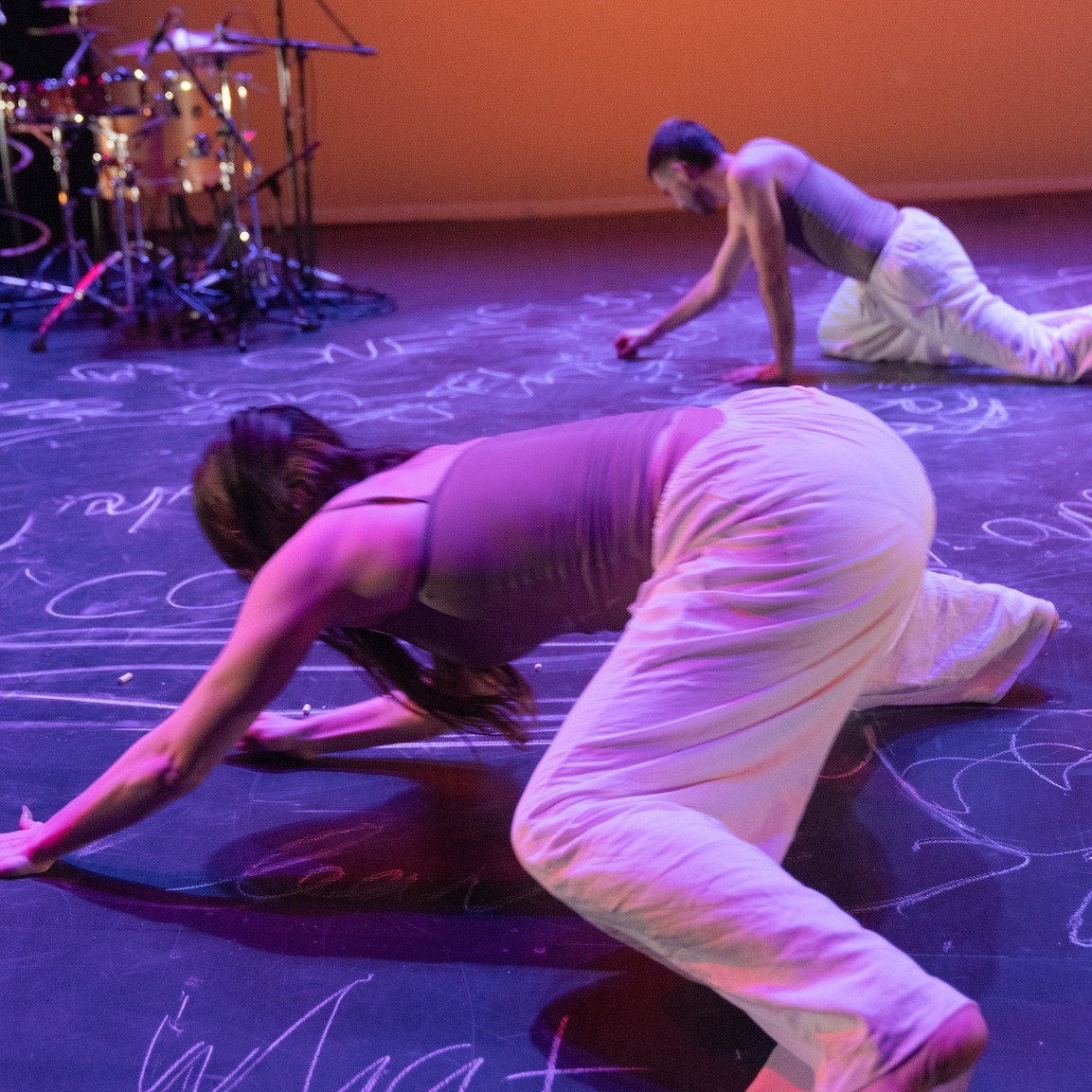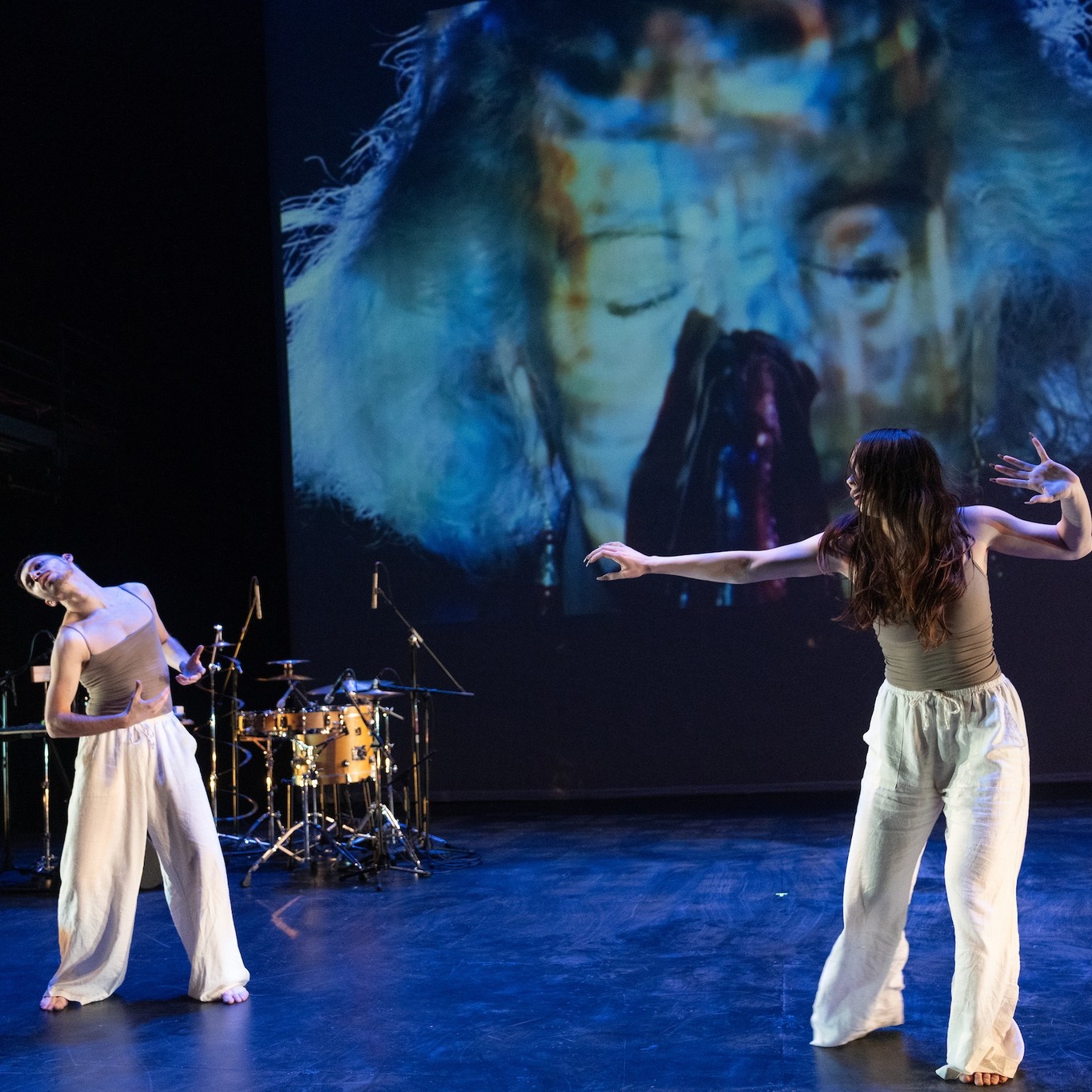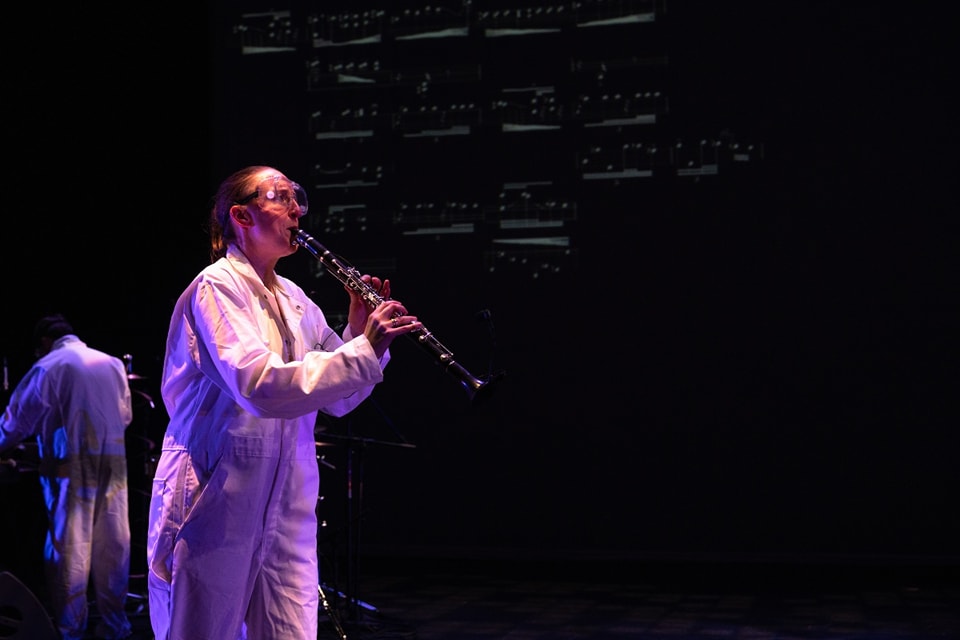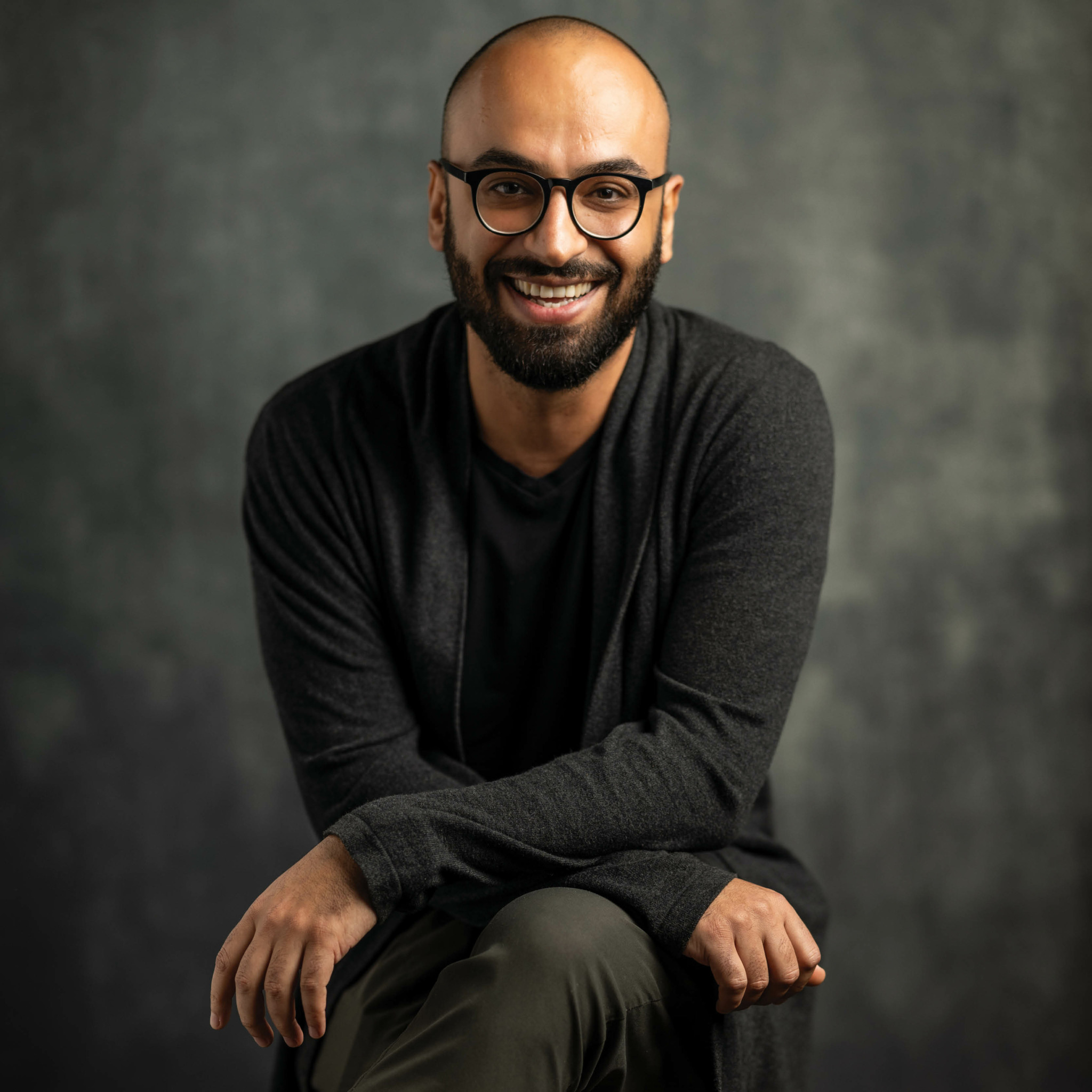We recently connected with Ramin Akhavijou and have shared our conversation below.
Ramin, looking forward to hearing all of your stories today. We’d love to hear about a project that you’ve worked on that’s meant a lot to you.
While I do not tend to label any one project as the most meaningful, since everything an artist creates carries purpose and significance, my recent project titled EGO feels especially relevant to the current moment. Its meaning lies not just in its artistic content but in the conversation it opens around emerging technologies, particularly Artificial Intelligence.
In EGO, I explore our complex relationship with AI, how we often rush to label it as good or bad, how some embrace it, others fear it, and how many of us are learning to live with it. The work does not aim to resolve these opposing views but instead shifts the focus to a deeper question: what are the intentions behind how we use these technologies?
EGO argues that the technologies themselves are not inherently harmful. In fact, they offer incredible potential when used with care and purpose. However, it’s the motivations, ethics, and human decisions behind their application that matter most. The performance also touches on a common concern, that these technologies are making us more isolated or detached. Yet through the very structure of the piece, which involves collaborative performance and interaction, EGO demonstrates how technology and art can come together to foster community rather than division.
The project has been particularly meaningful to me because it aligns with broader questions I have as both an artist and a researcher, not just what technology can do, but what we choose to do with it, and how art can guide those choices with empathy and intention.


As always, we appreciate you sharing your insights and we’ve got a few more questions for you, but before we get to all of that can you take a minute to introduce yourself and give our readers some of your back background and context?
My name is Ramin Akhavijou, and I am a composer, researcher, and interdisciplinary artist working at the intersection of contemporary music, experimental performance, and data-driven art. My work spans from experimental compositions and opera-theater to sound installations and interactive performances, often exploring new ways to engage with musical form and human perception through custom instruments and alternative notation systems.
I focus on blending research with creativity, aiming to create experiences that open up new conversations across different disciplines and communities. Ultimately, I hope my work encourages reflection, connection, and transformation, whether experienced in a concert hall, gallery, or research setting.


Is there something you think non-creatives will struggle to understand about your journey as a creative? Maybe you can provide some insight – you never know who might benefit from the enlightenment.
One thing I think non-creatives might struggle to understand is the amount of uncertainty and exploration that comes with being a creative. Unlike more structured professions, there’s often no clear path, and much of the work involves experimenting, failing, and learning along the way. This can be challenging because there’s no formula for success or guaranteed outcomes. Many of the decisions I make are based on intuition and experimentation, which can sometimes feel risky, but it’s also what keeps the process exciting and meaningful.
Additionally, creativity isn’t just about inspiration or moments of brilliance—it’s also about persistence. It involves countless hours of refining, questioning, and revising ideas, sometimes with little immediate reward. What might seem like an abstract or “unproductive” phase is actually a crucial part of the creative journey. This can be hard to grasp if you’re used to more linear or goal-driven work, but for creatives, the process itself is just as important as the final product.
In my recent project EGO, I posed the question: What is success? Sometimes, defining success can limit its true potential. And when we talk about technology, what we might call constructive today can be destructive depending on the intention behind it. This reflection explores how the same forces, like technology, can be shaped for both positive and negative outcomes based on how they are used.


For you, what’s the most rewarding aspect of being a creative?
The most rewarding aspect of being an artist for me is the ability to engage in a continuous dialogue—both with myself and with others. Art allows me to explore ideas, emotions, and concepts that are often difficult to express through traditional means. It’s not just about creating something beautiful, but about raising questions, sparking conversations, and creating experiences that resonate with people in different ways. A key part of this exploration involves silence, which, in my music and research, provides a unique space for expression. In my recent work EGO, I dedicated a section to silence to highlight how it helps us convey what words or traditional forms of communication cannot. Silence becomes a powerful tool for reflection, allowing us to articulate emotions or ideas that might otherwise remain unspoken. It’s in these moments of stillness that deeper meanings emerge, and the art becomes a more profound means of communication.
Contact Info:
- Website: https://akhavijou.com
- Instagram: https://www.instagram.com/ramin_akhavijou/
- Facebook: https://www.facebook.com/ramin.akhavijoo


Image Credits
Renee Rosensteel


